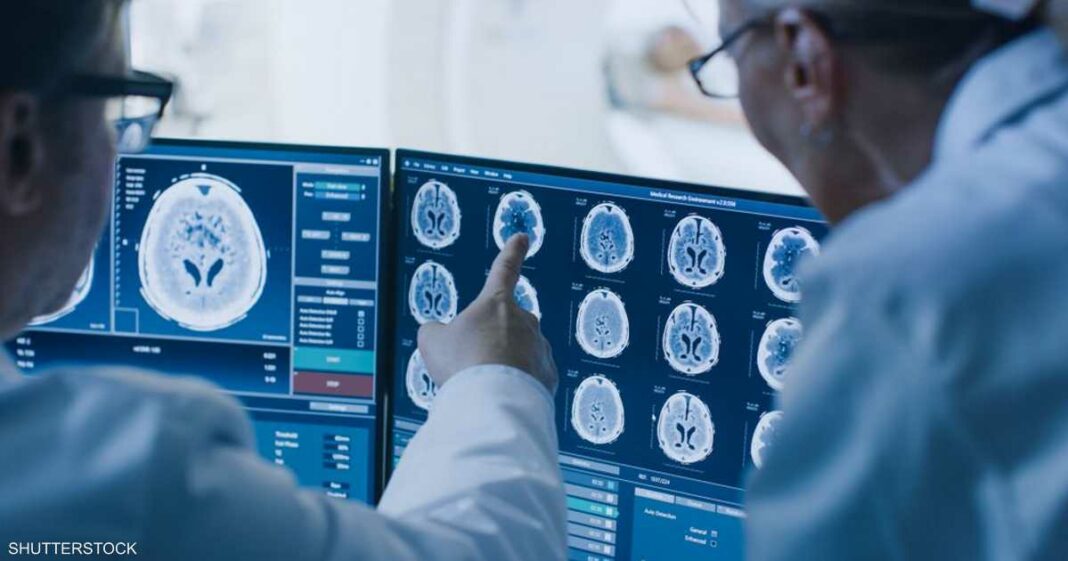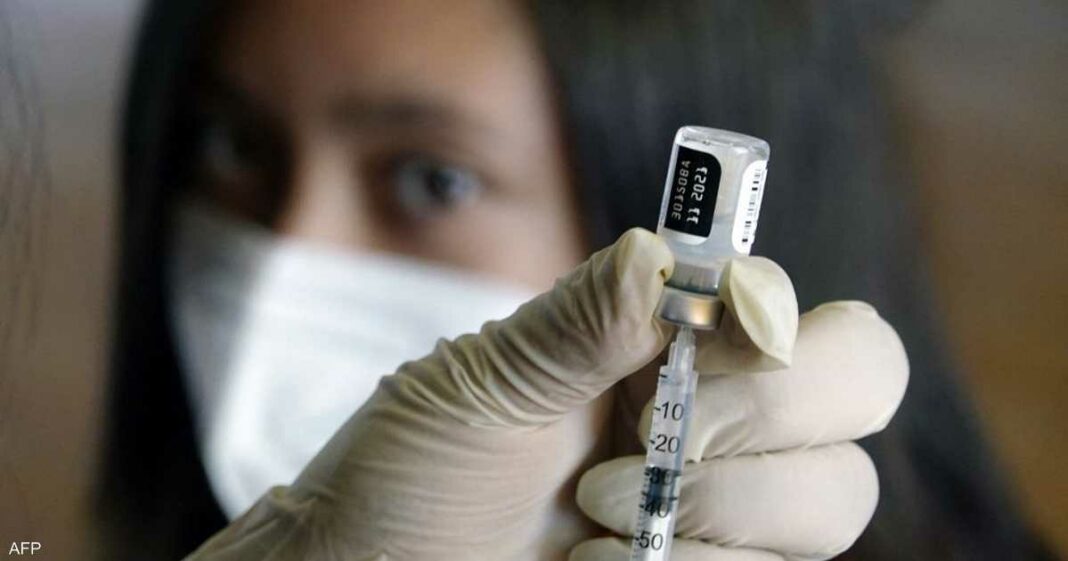
Brain disorders are estimated to cost the global economy $5 trillion annually, a figure expected to rise to $16 trillion by 2030. Yet in most countries, the majority of people do not have access to effective brain health services and activities, according to a report by the World Economic Forum.
The McKinsey Health Institute estimates that if the current global burden of mental disorders were addressed, 130 million years of higher quality life could be restored, adding $200,000 in economic value each year.
Promoting brain health as an economic tool
The report notes that the ideas of mental capital (the economic outcome of positive brain health) and brain economy (an economic system whose growth and stability depends on the collective brainpower contributed by communities and nations) are new concepts to help navigate an ever-changing world.
Policies and investments that enable better cognitive function can increase productivity, stimulate creativity and economic dynamism, and create a more resilient, adaptable, and engaged population.
The report stresses the need to start investments in brain health early, as more than half of the brain’s synaptic connections are formed by age three. Early investments such as stimulating activities, good nutrition, and positive social interactions can build a strong foundation for cognitive and emotional resilience.
For example, the brain consumes up to 75 percent of the total energy absorbed from food during this period.
- Threats to healthy brain development also threaten this foundation as a child gets older.
- In contrast to other chronic diseases, the burden of mental and substance use disorders disproportionately affects young people, with 75 percent of mental disorders appearing by age 24.
- Homes, education systems, and workplaces provide the opportunity to strengthen this foundation to build and maintain mental capital throughout life.
Promote positive brain health
According to the report, educators and policymakers can stimulate the brain economy by providing access to early learning initiatives and creating brain-healthy environments from infancy onward. Basic literacy skills, such as phonics, vocabulary, and reading comprehension, can lay the foundation for effective communication and critical thinking.
Arithmetic skills, such as counting, number recognition, and basic operations, provide the foundation for mathematical thinking and problem solving.
By explicitly including protective factors for brain health from kindergarten onward, and continually reinforcing these factors as children progress into adolescence, communities can lay a strong foundation for positive brain health and lifelong success in health, careers, family life, and community.
By the time a student graduates from high school, he or she has spent nearly 14,000 hours in an academic environment—an environment that can either enhance or undermine brain health capital.
The report explains that innovative programs empower teachers, students from kindergarten through graduation, families and communities to promote brain-healthy lifestyles, address risk factors for brain disease and improve brain development and performance.
These efforts are vital in supporting the unique challenges that youth and teens face, both at school and at home, and in building a strong foundation for their brain health and future.
Parents and caregivers can promote Capital Mental health at home by promoting positive social emotional skills.
Research suggests that family support and stimulating home environments are drivers of early childhood success, leading to better social skills, impulse control and learning outcomes.
About 64 percent of adults reported that US They had at least one type of adverse childhood experience before the age of 18.
Nearly one in six adults (17.3 percent) reported experiencing four or more types of adverse childhood experiences.
Chronic stress from high levels of adverse childhood experiences can affect children’s brain development, potentially impairing attention span, decision-making, and learning abilities in the long term.
But science shows that with the right support, children can develop positive coping skills and emotional resilience to protect them from the effects of trauma.
Workplaces can also boost mental capital by supporting employees’ brain health, allowing them to perform at their highest level. Analytical thinking is a key indicator of individuals with positive brain health, and it is also one of the most sought-after skills by employers.
“Today’s frontline worker could be tomorrow’s CEO, which is why it’s essential to invest in their brain health,” the report adds. “It’s also important for parents to think about how to prepare their children for the challenges of the workforce of the future.”
Investing in the medical sector
Economically, Bilal Shaib, Director of the Vision Center for Studies, confirmed that there is a close relationship between investment in the medical sector and economic productivity, noting that increasing the number of healthy people contributes to enhancing the ability to work, produce and innovate; since good health is essential to achieving effective work and production, and as a result, there is a direct relationship between spending on health care and productivity.
Shoaib reviewed the major differences between developed and developing countries in this context; developed countries are able to allocate a large portion of their budgets to spending on social and health programs, which enables them to provide comprehensive medical care to their citizens. On the other hand, developing countries face limited budgets, which leads to reduced spending on health and negatively affects the quality of health care provided.
He explained that there are economic criteria used to evaluate the efficiency of medical performance in countries. In developed countries, there is one medical bed available for every certain limited number of citizens, while in developing countries the ratio reaches a larger number for every bed, and the same applies to doctors.
He added that malnutrition is a major challenge in developing countries, and the World Food Organization indicates that the percentage of the world’s population facing the risk of food shortages is increasing.
He stressed the relationship between spending on food and health care, explaining that countries that do not invest enough in health care suffer from the deterioration of the health of their citizens, as is the case in Somalia, which faces problems with nutrition and the spread of diseases.
How could it be that the AI An effective treatment for the crisis?
Many are counting on technological progress to contribute effectively to confronting these disturbances that have a severe impact on the economy, amid bets on influential contributions from artificial intelligence applications.
From California, San Jose State University Academic Advisor Dr. Ahmed Banafa highlighted the growing role of AI in improving the diagnosis and treatment of brain disorders, demonstrating how AI technologies are revolutionizing the field.
Dr. Banafa explained that artificial intelligence It enhances the accuracy of analyzing medical images such as MRI and CT scans, contributing to the early detection of subtle changes in the brain that may indicate a disorder.
AI-based intelligent systems are also a powerful tool for analyzing biological data, such as electroencephalograms and brain waves, helping to identify abnormal patterns associated with disorders such as epilepsy and Alzheimer’s disease.
In the field of precision medicine, artificial intelligence contributes to the analysis of a patient’s genetic and medical data, allowing the most effective treatment to be determined for each individual based on their specific condition.
AI also accelerates the discovery and development of new drugs to treat brain disorders by simulating molecular interactions and identifying candidate molecules.
He added that wearable devices powered by artificial intelligence are important tools for monitoring patients’ health status and providing alerts in the event of significant changes.
Meanwhile, AI-powered smartphone apps offer training and rehabilitation programs for patients, such as cognitive behavioral therapy for mood disorders.
Dr. Banafa pointed out that robots play a major role in providing care to patients with movement disorders, such as Parkinson’s disease and dementia. In addition, artificial intelligence can analyze huge amounts of brain research data, helping to discover relationships and patterns that are difficult to discover manually.
AI is also helping to develop accurate brain simulations, providing valuable tools to better understand how the brain works, said the academic advisor at San Jose State University. In improving communication with autism patients, AI can analyze body language and nonverbal cues to help them communicate better.





